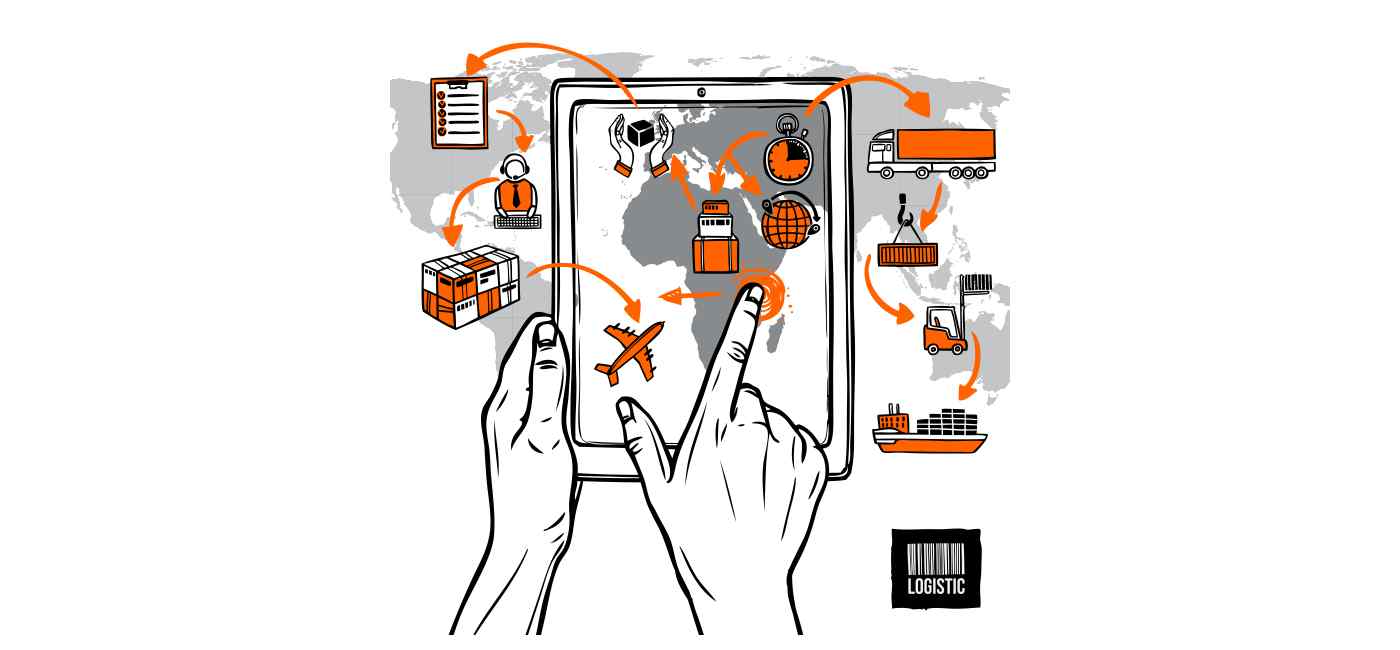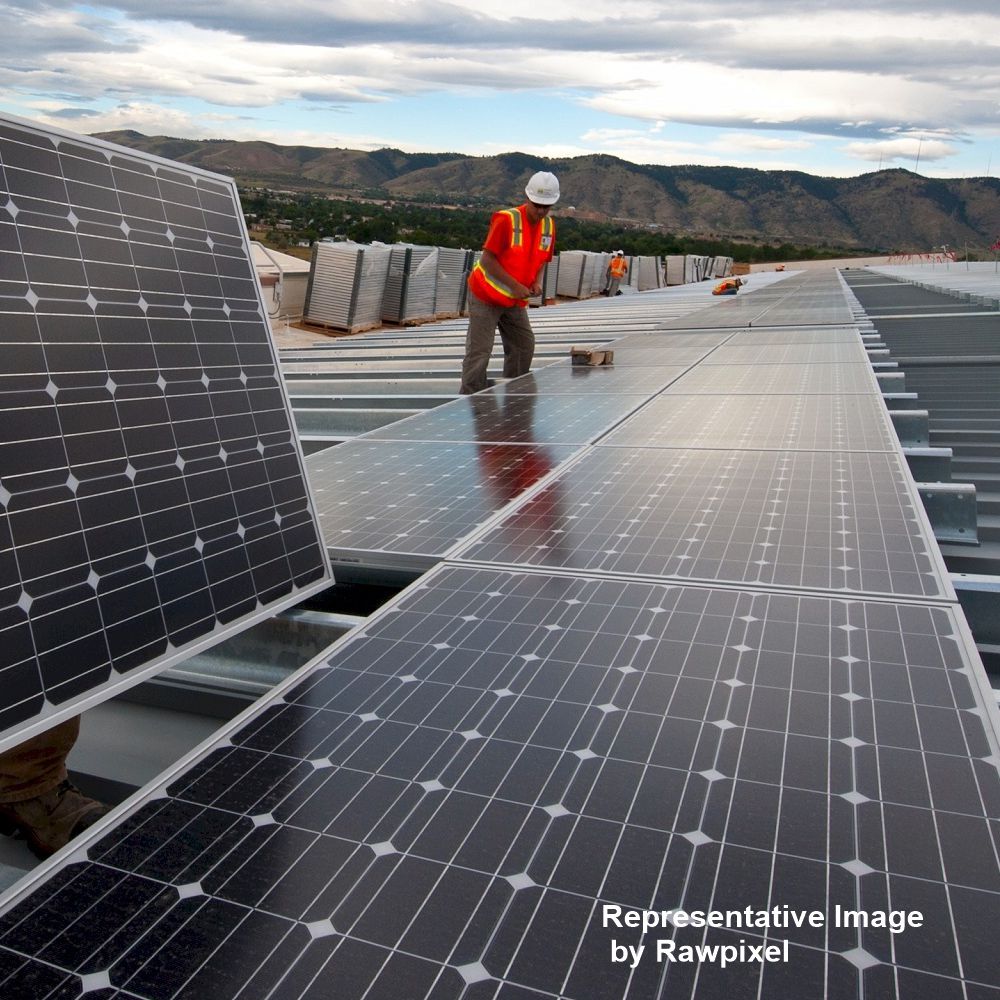“Agility is a prerequisite to stay competitive in the long-run and not an option. It can be achieved through simplification & automation. While agility & digitalization have become an integral part of all supply chain transformation initiatives, we are yet to unleash the opportunities from data analytics and automation,” asserts Kapil Maini, Head of Global Business Services, Global Operations, Nokia, during an interview.
What is the typical value chain that Nokia should follow? What are the complications involved and how do you deal with them?
We have a complex value chain with products, solutions & services to be delivered to the customers. This includes providing support for extended life-cycles spanning even up to 20 years. Our customers are project driven organizations and the challenges are un-forecasted /sporadic demand and stringent timelines for rolling out next generation products & solutions. On top of that, products and solutions need to be ‘tailored’ to meet the individual customer needs, which again poses a greater complication.
Building supply chain agility is one of the enablers to address the challenges in our complicated value chain. We have successfully worked on having a ‘segmented’ supply chain to address the requirements of the different customers and business models, thereby building agility. We are on the way to a digitalized and customized value network.
Supply chain disruptions have been the norm in the industry you are operating. How do you tackle them?
Early engagement with customers to understand their demands is key to minimizing the disruptions. While challenges of forecasting are a reality in a fast-moving industry like ours, we endeavor to minimize the supply chain disruptions by establishing Sales & Operations Planning (S&OP) process. In addition, we focus on building long-term partnerships with the supplier community and extend planning activities even for the tier II suppliers to enhance the flexibility. ‘Inventory is a necessary evil’… we do stock up standard products based on indicative forecasts from the sales team. Air freight is also used to reduce the delivery time caused by supply chain disruptions.
You have been a witness to supply chain transformation from close quarters. Kindly share with us some of the striking details.
The Top 3 enablers for supply chain transformations are:
1. Customer centric supply chain: The mantra for success is ‘Customer first’. Understanding the customer needs and speed of response are the core themes in this regard. Strong interactions with our customers helps to ensure their requirements are built into our supply chain capabilities and Supply chain segmentation helps to bring in the operational efficiencies while meeting the customer demands faster.
2. Digital supply chain: Digitalization of the supply chain provides transparency and helps the enterprise save time, money and resources. In addition to the operational efficiency, the other benefits are: trust earned from reliability, data retention & security and environmental sustainability through reduction in carbon footprint with paper-less transactions.
3. Global supply ecosystem: Establishing a global ecosystem of partners enhances the flexibility and makes the supply chain agile. Near shoring of the supply-base not only provides cost optimization but also addresses the risks arising from volatility and vulnerability of global logistics.
While agility & digitalization have become an integral part of all supply chain transformation initiatives, we are yet to unleash the opportunities from data analytics and automation.
What are the missing links in the system that are still coming on the way to reducing logistics cost?
There are many missing links in the system that are coming in the way of reducing the logistics costs. Some of them are:
• Lack of end to end supply chain visibility
• Poor forecast accuracy leading to inaccurate demand planning
• Lack of predictive demand sensing
• Lack of end to end connectivity
• Need for improved infrastructure i.e. roads, etc., for improved last mile connectivity
• Inability of people to manage data enabled systems (drivers, etc.).
At Nokia, we have programs to address these gaps. We firmly believe that our investments in End to end Digitalization & Data Analytics capabilities would address some of the challenges enumerated above.
What’s your mantra for supply chain excellence?
For me, the three aspects that make for an exceptional supply chain include simplified supply chain design (segmented) for agility; digitalized environment & automation to facilitate real-time information availability; and data analytics for predictive demand sensing.
How can an agile supply chain be achieved in such stiff competitive era?
Agility is a prerequisite to stay competitive in the long-run and not an option. A customer centric and digital supply chain supported by a global supply ecosystem as explained above is fundamental to building an agile supply chain. Process optimization through workflow simplification & automation will enhance the agility further.
What has been one of the most challenging projects managed by you?
Establishing a global supply chain for Direct Customer Delivery (DCD) for partner products like Antennas & IP products has been one of the most challenging projects for me at Nokia. This involved eliminating the consolidation points and the inventory there-off. This meant a fundamental shift from an approach of having consolidation points (hubs) and shipping all products together to the customers to establishing a seamless process to ship the products from multiple delivery points to the customer drop-off points while ensuring delivery of all products at the same time.
APPROACH: We established a cross functional team of all business stakeholders with clear deliverables to reduce the supply chain costs by 50% and to eliminate the inventory of the partner products in the hubs. The next step was to ensure the sign-off of the objectives with the Business Unit (BU) Head. It was critical to have stakeholders from all functions including sales, product management, operations, services & legal as we had to secure the acceptance from external stakeholders i.e. the customers & the partners (suppliers of the products) as well before changing the mode of operation.
In parallel, we went to the drawing board to define the as-is value chain and jointly agree on the to-be value chain. Techniques like Value Stream Mapping (VSM) were used for optimization of the value chain. After securing the external stakeholder sign-off and finalization of the tobe value chain, we decided to have 3 pilots for the Proof of Concept (POC), with the suppliers and customers in different geographies also to address the challenges of customs & trade restrictions.
Since products from one partner were being shipped to multiple customers, we also successfully tested high-sea sales in one of the pilots.
CHALLENGES: Securing internal and external stakeholder buy-in was tedious and time-consuming. As we wanted to perform the pilots through the normal mode of transportation via sea, involving some products with delivery time of 30 Days, the pilots took about 5 months for validation
RESULTS: The results surprised us as what seemed impossible in the beginning was over-achieved: a 56% reduction in the supply chain cost intensity and elimination of the hub inventories of the partner products.
How does Nokia look at sustainability in supply chain? What are the various initiatives being taken towards the same?
Sustainability is a key focus area for the company and embedded in all processes, including supply chain. Some of the initiatives in the supply chain towards achieving the same include digitalization (for paper-less transactions), logistics costs optimization, inventory reduction, strategic supplier management & contracting, as well as circular innovation, by delivering re-manufactured product.
What are the external & internal pressures impacting supply chain at Nokia?
Ever evolving needs of the customer, growing stiff competition, speed of innovation, as well as 3rd party engagement complexity are some of the external pressures that have a significant impact on supply chain. Talking about internal challenges, legacy IT systems and tool landscape due to multiple mergers & acquisitions in the past decade pose complexities in the smooth running of operations.
You are a supply chain expert. What lessons would you like to impart to new age professionals to be a part of this transformation?
New age supply chain professionals need to abide by the ‘customer first’ mantra to be leaders in their business. Moreover, early engagement with the customer (sales) can greatly help in understanding their needs for supply chain design & planning. To top it all, they should also firmly believe that supply chain is not a back-end/support function but a critical business function. This way, they need to look at the game-changers, understand and translate future technologies and their impact to operations; they need to adapt to the upcoming supply chain trends and accommodate the disruptiveness we need for the future. Constant learning is a key success factor.
Supply chain leaders need to have people working differently, to interact with diversified teams, to attract the right talent to maintain this constant learning environment. As turnaround times are much faster than before, out-of-the box thinking, curiosity, sharing, gamification of the business… are all elements Supply Chain executives must consider. At the end of the day, everyone needs to behave like the owner of operations, not just owning their area.
What are the tech tools that have helped you in enhancing supply chain network?
Some of the recent technological tools that have helped us in enhancing the supply chain network include robotic process automation (RPA), value stream mapping (VSM) and data analytics (mining).
What are the crucial aspects that can create an exceptional supply chain in the country?
Supply chain professionals need to step-up and think and execute like a business function. The government and the companies need to invest in future technology and work aggressively towards digitization & automation. The ‘Digital India’ Program launched by the Prime Minister Mr. Narendra Modi, the National Highways Development Project (NHDP) for building the road infrastructure and connecting the country and enabling the last mile resources (i.e. drivers, etc.) with the capabilities to manage the future digital supply chain networks will be key enablers to create an exceptional supply chain in India.

Categories

Magazine Editions
























